About Indonesia, All about Indonesia
An Introduction to Indonesia
Indonesia is a vast, sprawling country. It’s hard to even think of it as a single country – it’s more like a gargantuan tree with branches that extend out into various parts of the Indian and Pacific Oceans.
And there are a lot of branches to the Indonesian tree. What we know of as Indonesia is comprised of a total of 17,508 islands extending 5,150 kilometers (3,200 miles) east to west in Southeast Asia and Oceania. The sum of these islands cover approximately 1,919,440 square kilometers, making Indonesia the world’s 16th largest country in terms of land area. Of these 17,508 islands, only 6,000 are currently inhabited.
With so many islands, it’s not hard to see how Indonesia got its name – the name Indonesia comes from Indus, the Latin name for the land beyong the Indus river, and the Greek nèsos, meaning island.
The largest Indonesian islands are Sumatra, Java, Kalimantan (Indonesian Borneo), Sulawesi, and the Indonesian part of New Guinea (known as Papua or Irian Jaya). Click here for an easy guide to Indonesia’s islands.
You are at the right place Indonesia’d is the Number one guide to Indonesia travel for more wonderful information, please check our home page.
Indonesia’s History & Culture
Indonesia has a rich and fascinating history. The majority of Indonesia’s modern population is made up of Austronesian people, who originally migrated to South East Asia from Taiwan. They arrived in Indonesia around 2,000 BC and quickly spread throughout the archipelago, pushing the indigenous Melanesian people to the far eastern regions.
Trade contracts eventually brought outside cultural and religious influences to Indonesia from India, China, and mainland Southeast Asia. Starting from the 7th century, the powerful Srivijaya kingdom flourished as a result of the Hindu and Buddhist influences that were imported into Indonesia along with traded goods. Srivijaya was one of the first Indian-ized empires and grew up around the coast of Sumatra, serving as the hub of a trading network that reached to many parts of the archipelago.
On neighboring Java, the Buddhist Sailendra and Hindu Mataram dynasties thrived and declined, leaving behind vestiges of grand religious monuments such as Sailendra’s Borobudur and Mataram’s Prambanan.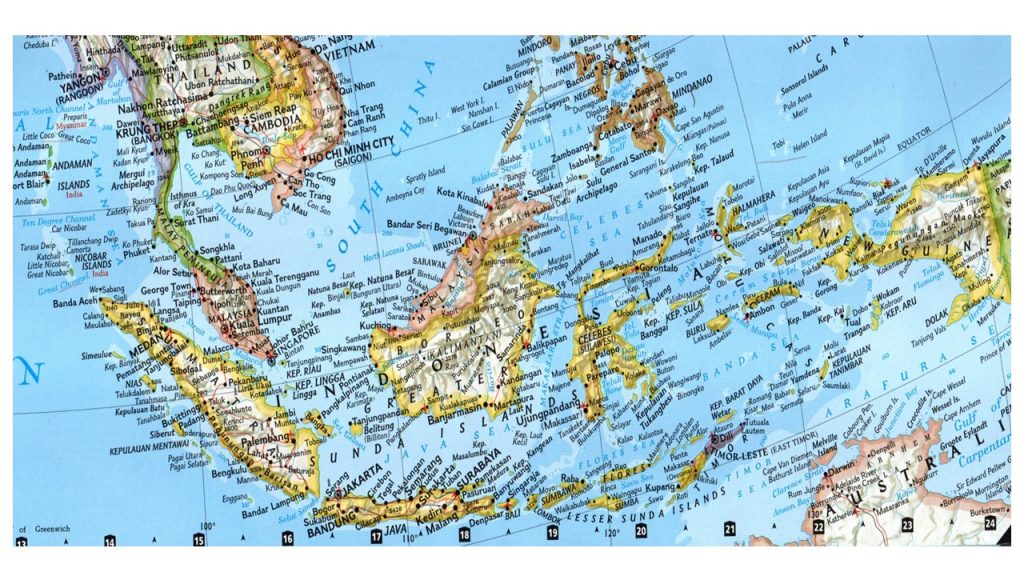
The last and most powerful of these early Hindu-Javanese kingdoms was the Majapahit empire, whose influence stretched over the majority of Indonesia.
Although the very beginning of Islamic influences dates back to the 8th and 9th centuries, the earliest evidence of Islamized populations is not found until the 13th century. By the time Marco Polo visited Northern Sumatra at the end of the 13th century, the first Islamic states were already established there. Other Indonesian areas gradually adopted Islam and it became the dominant religion in Java and Sumatra by the end of the 16th century. Indonesia is now the world’s largest Islamic nation.
It was also around this period that Indonesia’s abundant spices attracted the attention of European traders. Portuguese merchants first came to the trading port of Malacca in 1511 looking for spices such as cloves, nutmeg and mace. Such spices, rumored to cure everything from the plague to venereal disease, were literally worth their weight in gold and the Portuguese sought to monopolize the sources of the spices. But Dutch and British traders soon followed.
Eventually, the Dutch won and overtook the spice trade. The Dutch East India Company (VOC) soon established a spice monopoly that lasted well into the 18th century, until the VOC’s bankruptcy, and formal dissolution. The government of the Netherlands then stepped in and established Indonesia as-as a Dutch colony. The 19th century saw the Dutch cultivating sugar and coffee on the island of Java, which was soon providing 3/4s of the world supply of coffee.
The Dutch ruled Indonesia for nearly three centuries, but by the turn of the 20th century, the Indonesians were more than ready for independence.
It came in the form of World War II and the Japanese occupation of Indonesia.
Because the Netherlands was under German occupation, it had little ability to defend its colony from the Japanese army and less than 3 months after Japan’s initial attacks on Borneo, the Japanese ran the Dutch forces out of Indonesia. Most of the Indonesians welcomed the Japanese, seeing them as liberators from their Dutch colonial masters, but the optimistic sentiment soon changed as Indonesians were expected to endure even more hardship for the war effort.
Still, the Japanese occupation of Indonesia, which lasted from 1942 to the end of WWII in 1945, marked a critical turning point in Indonesian history.
You see, the occupation was the first serious challenge to Dutch rule in Indonesia. Plus, unlike the Dutch, the Japanese facilitated the politicization of Indonesians down to the village levels – educating, training, and arming many young Indonesians in the process. By destroying the Dutch colonial regime and facilitating Indonesian nationalism, the Japanese occupation created the perfect conditions for what led to the Indonesia Revolution, which would hardly have been feasible before WWII.
Within days of the Japanese surrender, Indonesian independence was declared. The Netherlands didn’t agree and a 4-year long diplomatic, military and social struggle ensued, ending in the Netherlands recognizing Indonesian sovereignty in December 1949.
Indonesia now is a melting pot of over 300 ethnic groups, each with cultural identities developed over centuries and influenced by all the cultures that have been present in Indonesia throughout its rich and diverse history: Indian, Arabic, Chinese, and European.
You can find these influences throughout Indonesia. Traditional Javanese and Balinese dances, for example, contain aspects of Hindu culture and mythology. The current legal system is based on the old Dutch penal code and several Dutch words have managed to find their way into the Indonesian language. The art and culture of Indonesia shows influence from the Far East, the Middle East, and Europe.
It’s no wonder Indonesia’s national motto is “Bhinneka Tunggal Ika” – literally, “many, yet one” and a reflection of their belief in “unity in diversity.”
You are at the right place Indonesia’d is the Number one guide to Indonesia travel for more wonderful information, please check our home page.
Indonesia’s Language
The official language of Indonesia is ‘Bahasa Indonesia.’ There are also several hundred local languages, such as Javanese or Papuan languages. Most Indonesians speak their ethnic language as their mother tongue as well as the official language of Bahasa Indonesia.
Indonesia’s Religion
Indonesia is the world’s largest Islamic country, but the government of Indonesia officially recognizes five other religions: Hinduism, Buddhism, Protestantism, Catholicism, and Confucianism.
Indonesia’s Climate & Geography
Did you know that over 150 of Indonesia’s 17,508 islands are active volcanoes? Indonesia is one of the most geographically and geologically interesting countries on Earth. There are over 400 volcanic mountains that dot the islands of Indonesia. These islands have a huge impact on both the Australian and Pacific tectonic plate. The Australian plate changes slowly move slowly upwards into the small plates of the Pacific plate which moves southward. The islands of Indonesia are stretched out between the lines of these two plates.
This interesting situation makes Indonesia one of the most changing geological areas in the world. Indonesia experiences three vibrations every day, at least one earthquake a day, and one volcanic eruption every year. Indonesia was also the site of two famous 19th-century volcanic eruptions – Tambora and Krakatau – as well as the epicenter of the 2004 Southeast Asian tsunami.
Indonesia spans a range of 1,919,000 square kilometers and shares land borders with Malaysia, Papua New Guinea, and East Timor, all of which to its uniquely rich cultural diversity.
Indonesia’s climate is tropical – hot and humid – although its high mountain peaks can get quite cool. The year is divided into a wet season and a dry season but because Indonesia is located at the equator, the temperatures don’t vary much from month to month. The coastal areas stay steady at around the mid to upper 20s Celsius (low to mid-80s Fahrenheit) all year long.
Thanks for visiting our site Voyager – indonesiad.com and taking the time to read our post!
We’d love if you’d comment and share this post.
If you find the website helpful we would appreciate if you support us by clicking on the related Ads that Google provides you around the pages.
You are at the right place Indonesia’d is the Number one guide to Indonesia travel for more wonderful information, please check our home page.


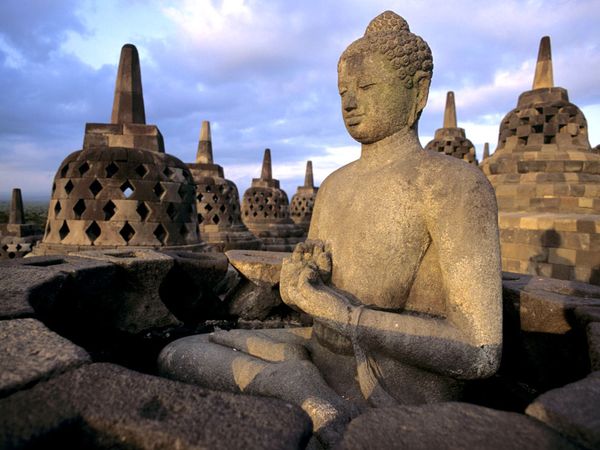

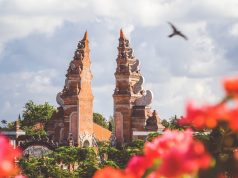
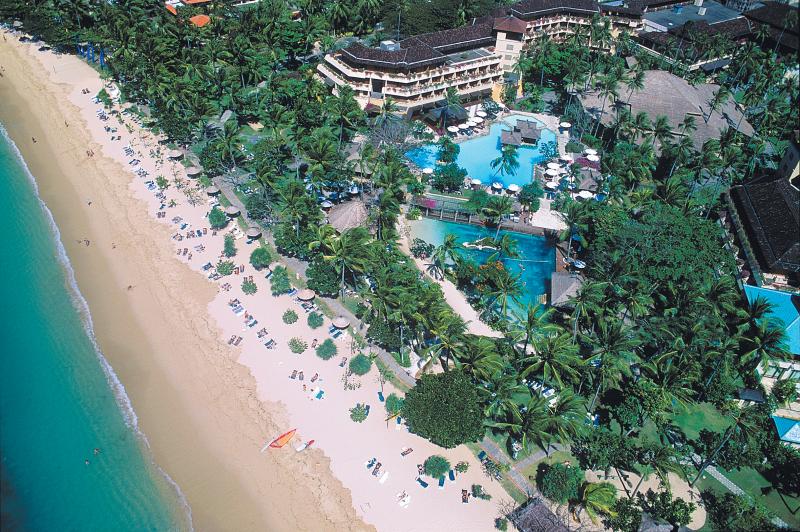
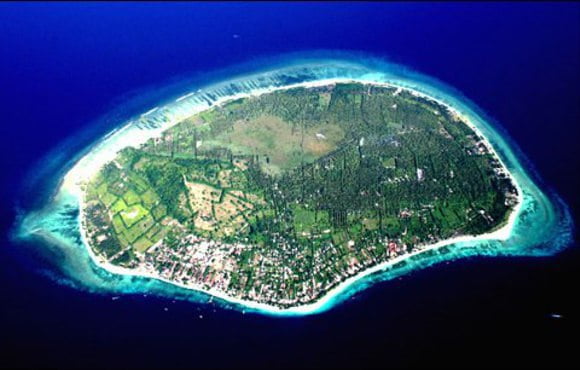

interesting facts,, terimah kasih
Ramayana and Mahabharat are also famous in Indonesia
COUNTRY OF TERORIS
You can’t even spell the idiotic thing you are trying to say.
u stupid
awesome Asia!!!!!!!!###
Hi there
I am researching about indonesia,
which website can I find out about
trends of houses and fashion??
I am Japanese by the way, thank you.
Shoko
Hello.. I am From Malang city, East Java – Indonesia
Indonesia has the trend of traditional house every province and region of the island even has many traditional fashion that is unknown to many people who still preserved until today .. to make a typical Indonesian fashion trend many young designers are getting interested in making the design of the traditional cloth fabric available in each area
This may be some websites that can help you or you can search in google with keywords “website budaya indonesia”. always use google translator, because some websites do not provide English language option.
This may be some websites that can help you or you can search in google with keywords “website budaya indonesia”. always use google translator, because some websites do not provide English language option.
GREAT!
This website is helping me to finish my English homework!
Thank You so much for helping me!
thx, Naila Karima